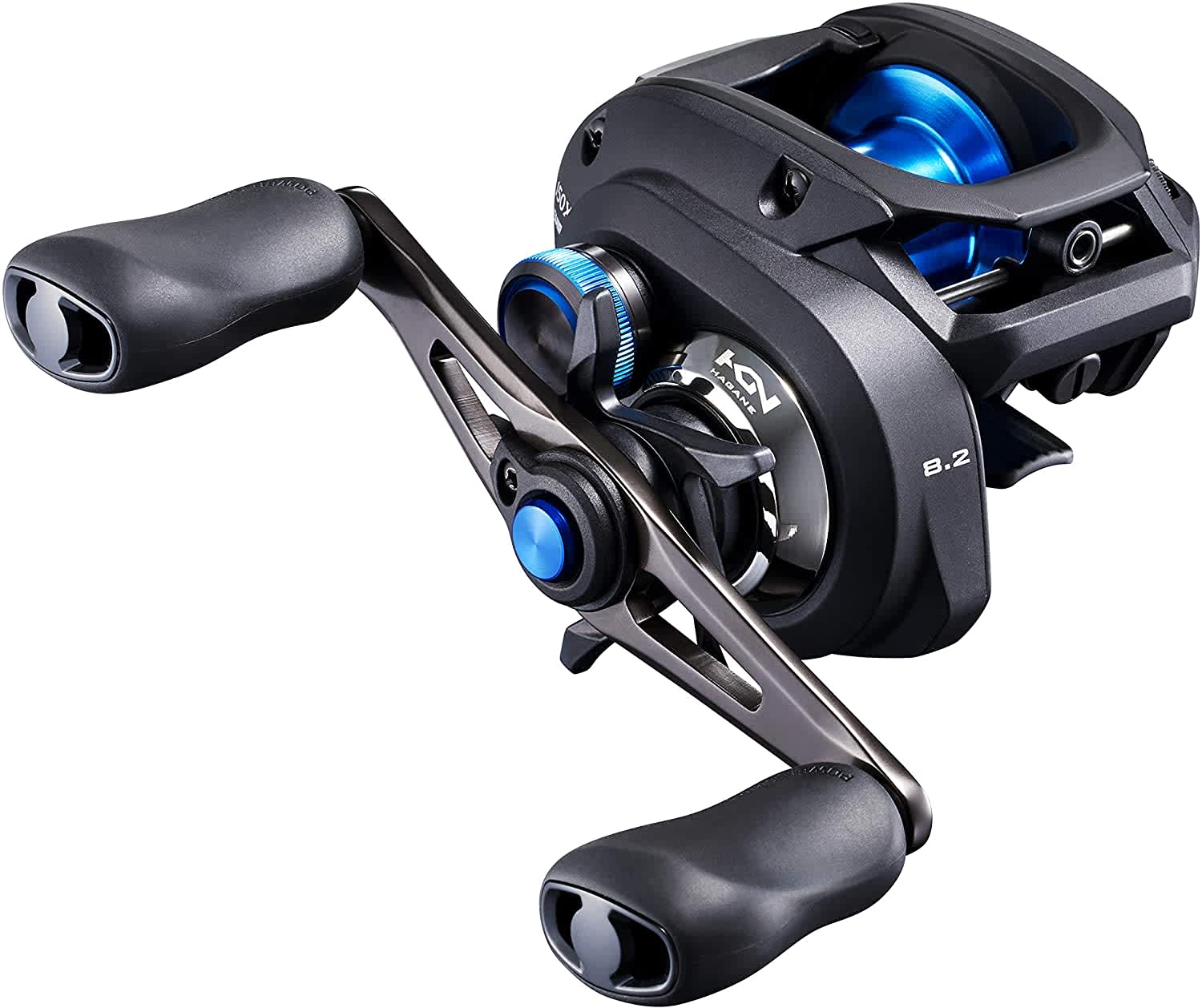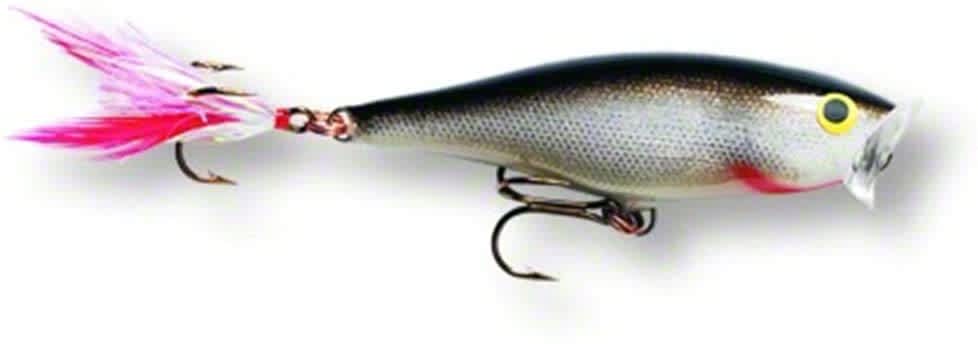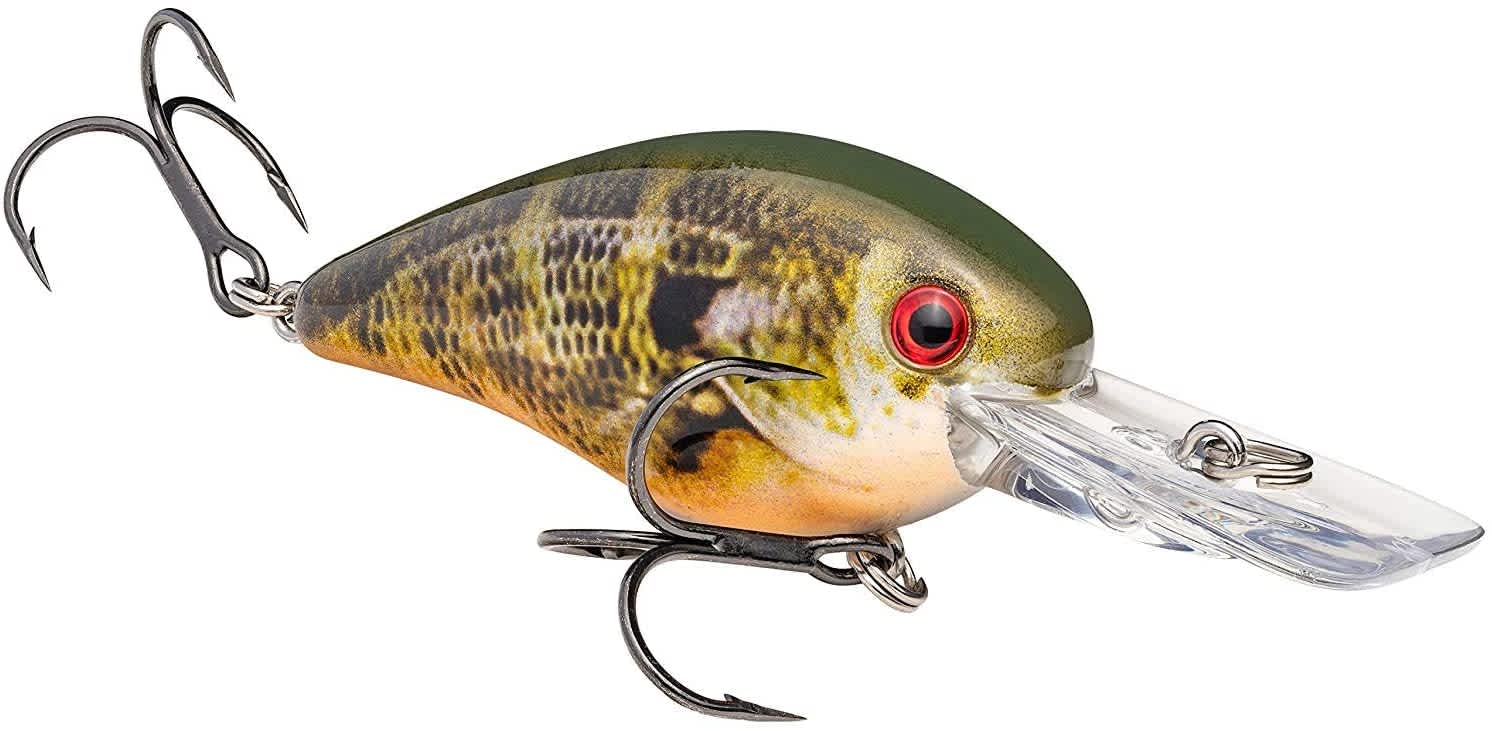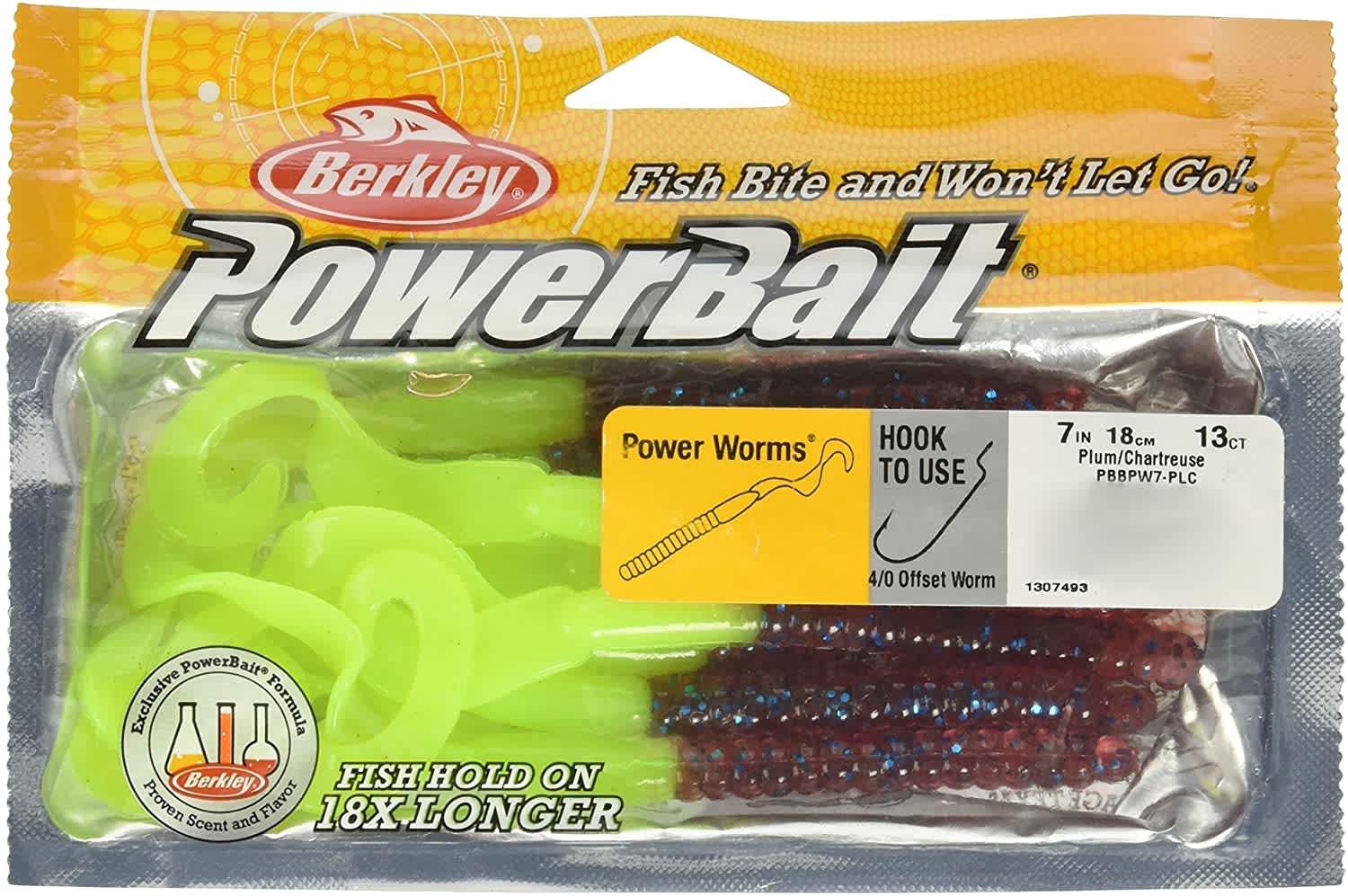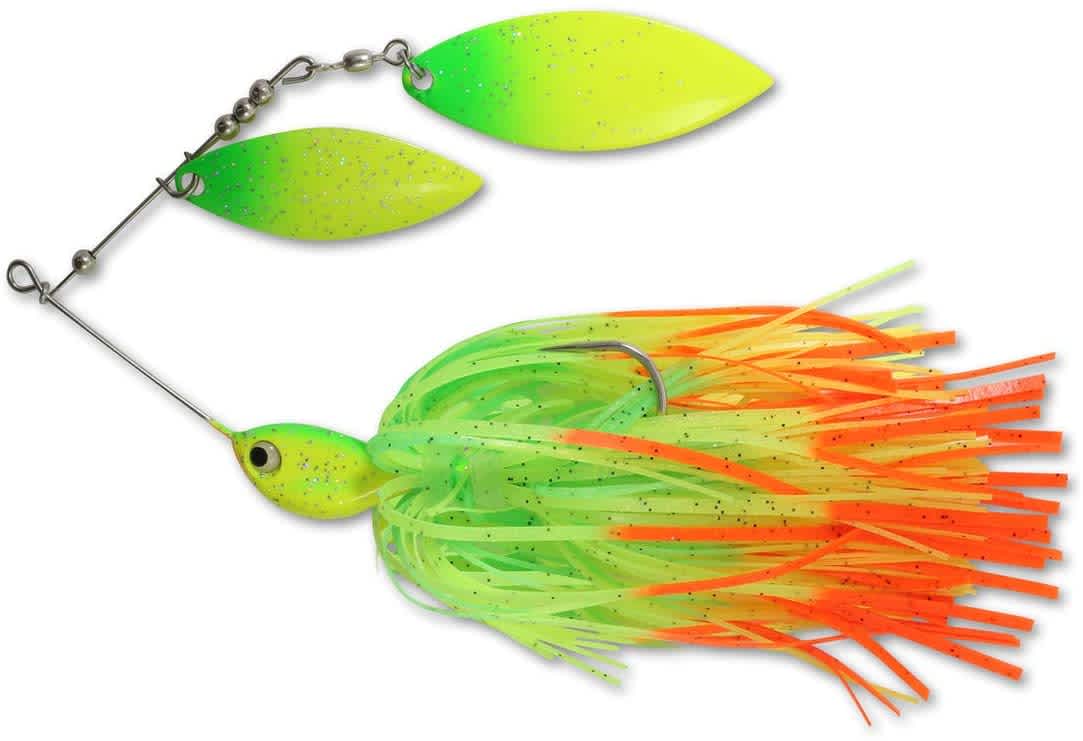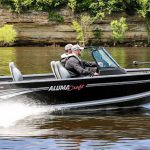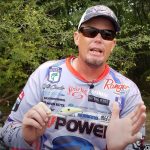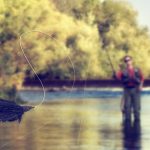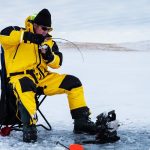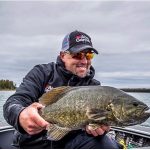Late Summer Bass Fishing Necessities
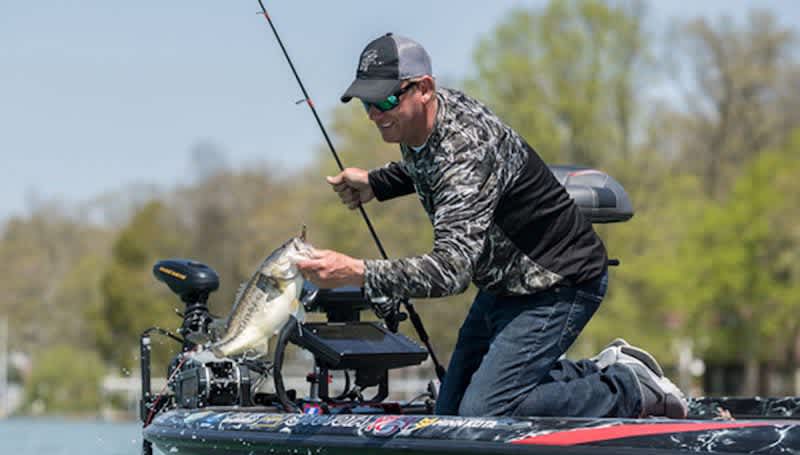
1. Shimano SLC DX Reel - Editor’s Choice
All right, this may be a year-round thing, but once we got our hands on the Shimano SLC DX baitcast reel, we were hooked, and yes, there was a pun intended). This is the most advanced and smoothest working baitcaster we’ve used. It is so loaded with features, we can’t get into them all here. But there is one, however, that makes this a perfect reel for late summer bass – The I-DC4 Intelligent Digital Control braking system. It has an easy to use, four-setting, externally adjustable brake dial. This is important to us because it allows you to fish a wide variety of lures, regardless of conditions, with minimal adjustment to the reel. You can easily switch from chucking deep-running crankbaits, to finesse fishing worms, all with the same rod and reel. You don’t have to keep switching all the time. And you can fine tune the reel to the exact lure you’re using and the conditions, making it near perfect. You need one.
2. Rapala Skitter Pop - Topwater Pick
On a warm August morning last year, the air was very still and there was heavy fog on the lake. We got to the spot and hadn’t even made a single cast before we saw the first boil in the water. The next hour and a half was nonstop topwater action. There is something about late summer and topwater fishing that really seems to turn on. One of our favorite go-to surface lures in the Rapala Skitter Pop. Yes, there are many great topwater lures out there, but if you haven’t tried the Skitter Pop, you’re missing out. The cupped lip combined with the traditional balsa-wood body and the dressed tail hook make for an enticing presentation that seems to draw attention. We’ve even managed to catch two bass at the same time as they both went for it.
3. Strike King KVD Deep Square Bill Crankbait - Crankbait Pick
Early morning may draw the fish into the shallows and surface to feed, but as the sun heats things up, the fish will go deeper. To catch them, you do too. We really like the action and production we get from the Strike King KVD Deep Square Bill Crankbait. This is a tournament-proven bass bait designed with bass fishing legend Kevin Van Dam. It runs about 10 feet and draws in fish from structure and drop-off edges. It comes in a wide-range of color options, although we tend to be partial to natural forage colors for some of our favorite, clearwater lakes.
4. Berkley Powerbait Worms - Go to Bait
Artificial worms are baits that every angler has in the tackle box, and they work pretty much year round. If you look in our tackle box, you’ll find a bunch of Berkley Powerbait worms in various colors and sizes. They have the action, color and, most important, scent that brings in fish all the time. They work very well in late summer, fished slow and weedless along the weeds, or bounced off ledges and under cover.
5. Northland Tackle Spinnerbait - Do-it-all bait
Late in the day, early in the morning and fished deep with a slow retrieve, spinnerbaits are a great option for late summer bass. We have to confess, though, that where we fish, there is always a good chance of tying into a big northern pike fishing these, too. Not going to lie, we like catching them. Northland Tackle makes a solid performing spinnerbait that can take the big hits from the toothy fish, as well as multiple bass. We like the bigger ¾ size for all species. Go bright colors for murkier water, and darker colors for clearwater. If there’s been a lot of boating activity on your lake, the firetiger color has caught a LOT of fish for us.
Finding late summer bass
Bass will often start schooling as the summer draws to a close. This is in preparation for winter. They break off from the schools and often hang on deep break lines, humps, and other underwater structure as the oxygen levels are higher lower in the water. One of the best ways to get on them is by using a deep diving crank baits. Try several retrieval speeds as you search for them. Weed beds, rocks, and stumps or downed timber are key places to look. Good electronics are key to making it work.
The importance of depth
As the fish go deep, you need to look at your approach to fishing for them. A bass’ eyes are high on its head, and they tend to look above them for food, being ambush predatory fish. So when you figure out where they are, look for a bait presentation that comes across, just over the fish.
However, there is a time and place for fishing hard right off the bottom. If you find fish holding around gravel or a hard bottom, you can work things like a Powerbait worm right on the bottom. I had great success one trip working a Powerbait crawfish along a gravel hump. Fish were screaming in from a downed tree next to the hump. It was pretty epic. This is another time when good electronics are a must.
The importance of turnover
As the water warms up, bass tend to move deeper, especially during the warmer parts of the day. It’s not due to the temperature as much as it has to do with the oxygen levels in the water. Warmer water holds less, so active fish species, like bass, will follow the O2. Cold, clearwater lakes that have active springs feeding them as less susceptible to turnover, and that affects the bass movements, too. Good electronics are very important, as is knowing the water temperature and the overall geography of your lake.
How aggressive are late-summer bass?
In a word – very. As the summer winds down and into early fall, bass strap on the feedbag in preparation for winter.
How do I pick a depth?
Good electronics are a must to adjust to plant growth and lake contours.
How important is lure color selection?
Have several color options available as water clarity changes over the course of the summer months. If one color isn’t working, but you have the right depth, try switching colors of the same lure and presentation.
We are committed to finding, researching, and recommending the best products. We earn commissions from purchases you make using the retail links in our product reviews. Learn more about how this works.

